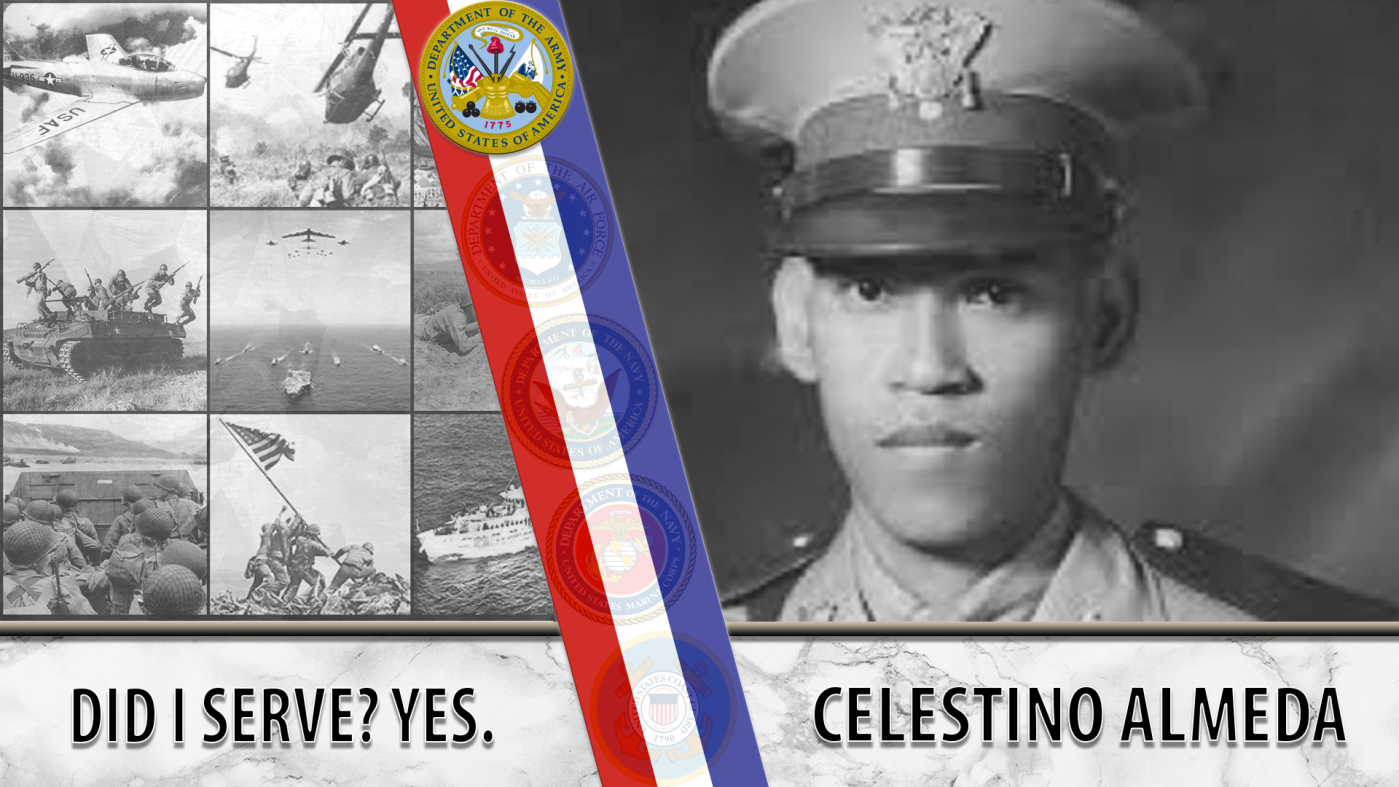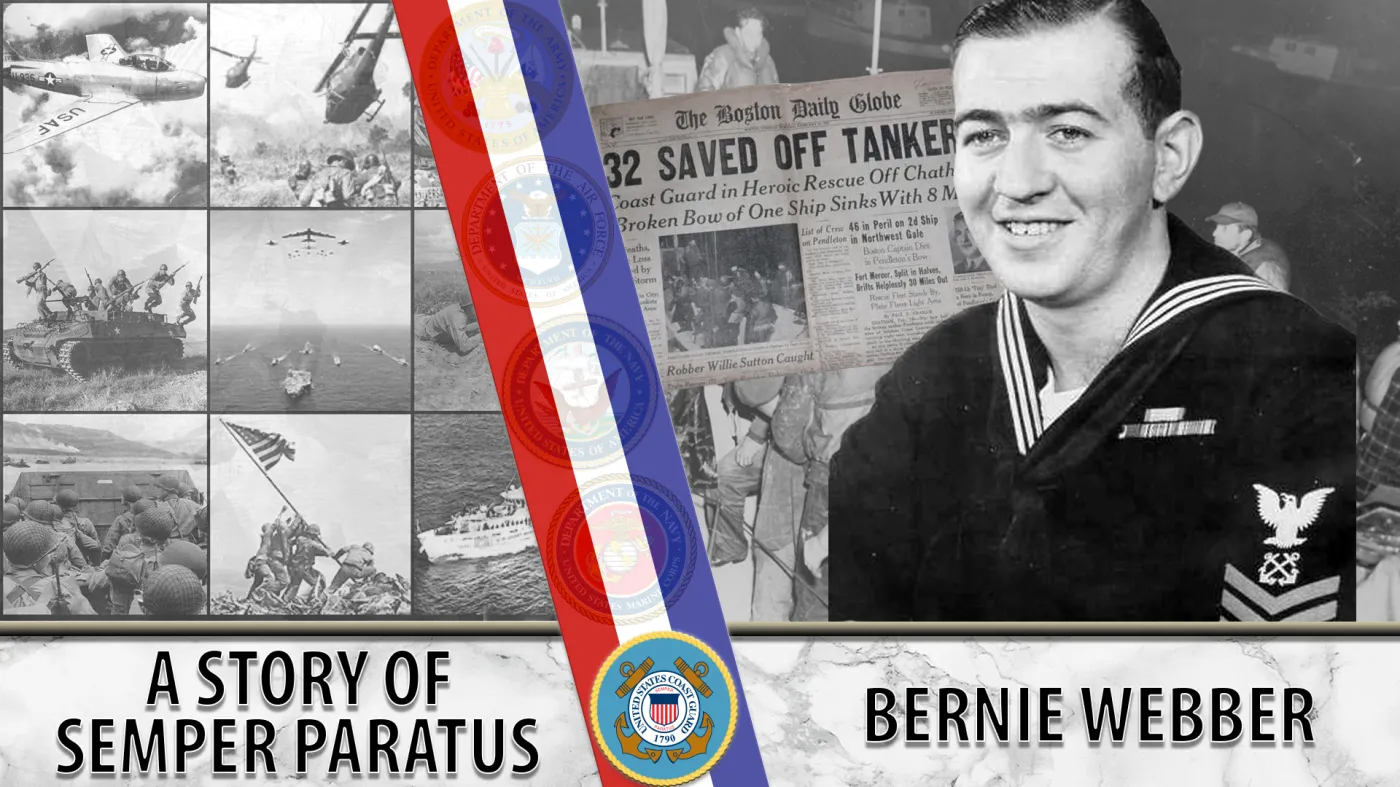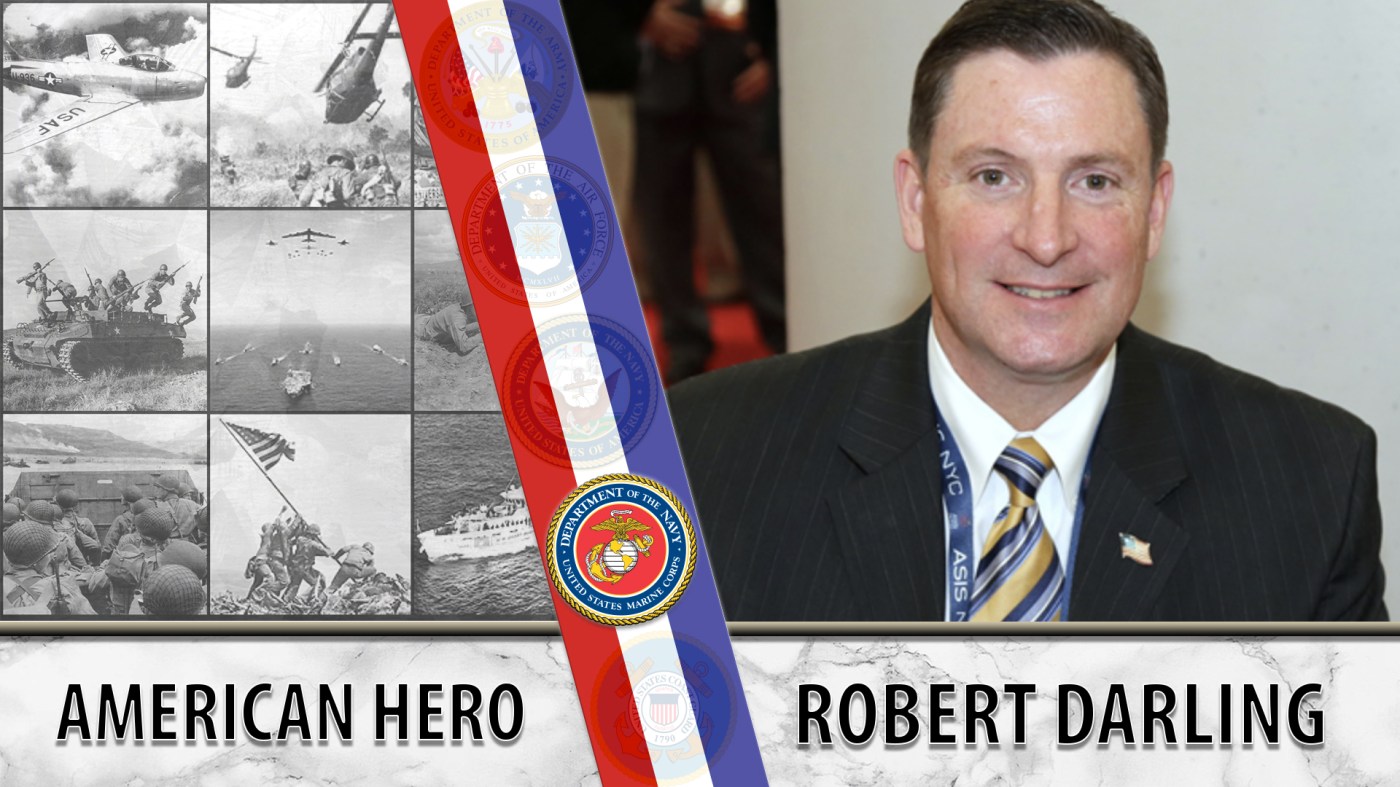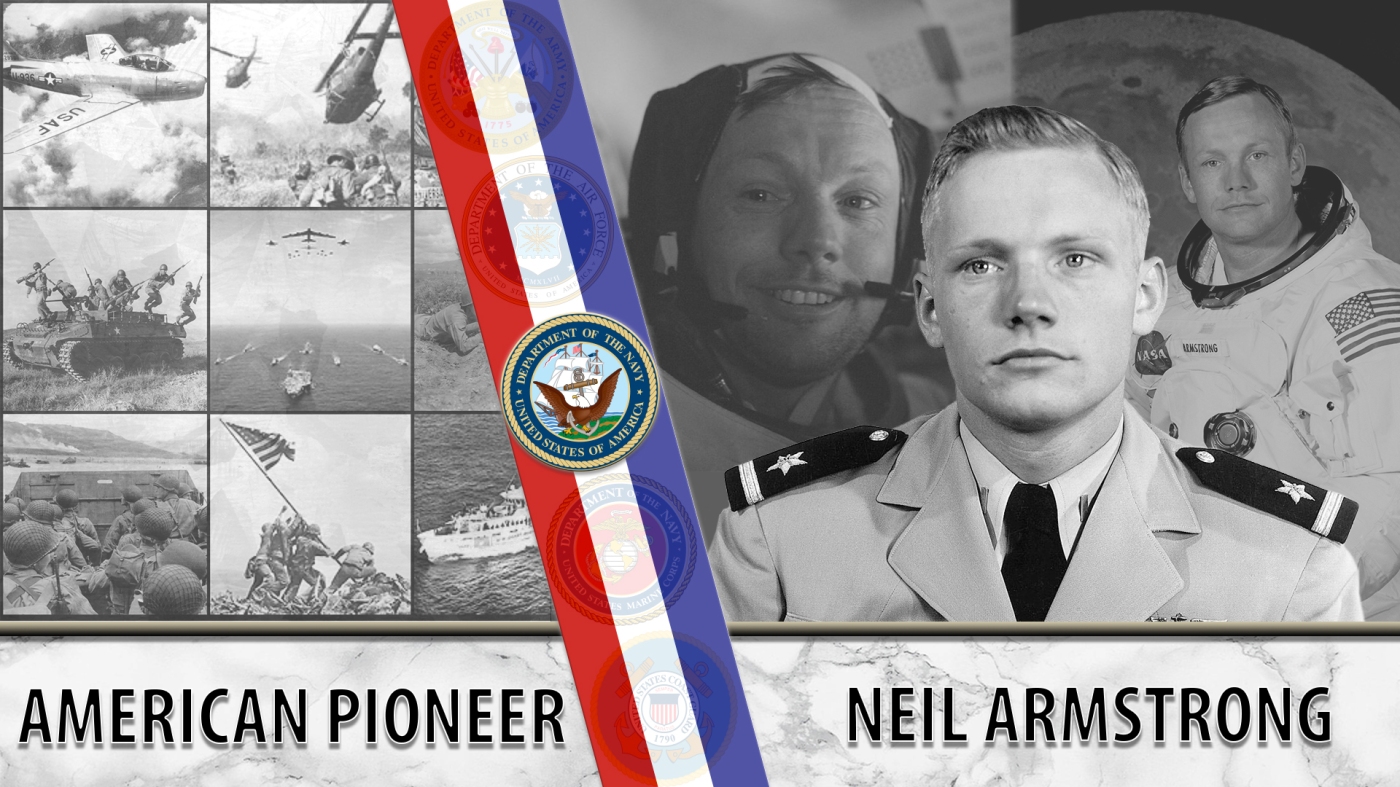
Celestino Almeda was a Filipino citizen who served with the U.S. during World War II. For more than half a century, the U.S. refused to recognize his status as an American Veteran.
On December 8, 1941, Japanese forces invaded the Philippines. Approximately 250,000 Filipino citizens volunteered with the U.S. armed forces during World War II to liberate their country. Despite their service, President Truman signed the Rescission Act of 1946, rescinding the U.S.’ commitment to recognize Filipino volunteers who served with U.S. forces during the war. Celestino Almeda was among those Filipino citizens who fought under the U.S. Armed Forces to expel the Axis from the Philippines.
Almeda’s story began in 1936, when the President of the Philippines Manuel Quezon coordinated with U.S. General Douglas MacArthur to create a Philippine Army. Being 18 years old, Almeda was conscripted. He managed to obtain an exemption from training camp by enrolling in a two-year graduate study and teacher’s curriculum in the arts and training course, alongside a Reserve Officers’ Training Corps program. After he completed the program, he worked as a teacher in Manila at Arellano High School.
Almeda taught in Manila until the Japanese invasion. Once fighting broke out, he received special orders and was placed with the Anti-Sabotage Regiment of the U.S. Philippine Commonwealth Army Forces.
Almeda lived in constant fear of being caught by the enemy. He heard a rumor that the Japanese had ordered government workers in nearby Quezon City’s city hall to be gathered and executed. His nervousness only intensified when he learned of a special order to disband his unit. Following this, Almeda went into hiding with friends and family and feared that the Japanese were targeting him.
Because of the danger, Almeda monitored the war until he found a way to contribute. Once, he received an order to take a test that would determine if he met the qualifications to be a constabulary officer. He chose to intentionally fail the test because he found it too easy and became suspicious. He soon learned most of those who passed were sent to the Battle of Bataan and were never heard from again. Afterwards, Almeda briefly served with a local guerilla army backed by the U.S., but he quit after two months because he witnessed several Japanese atrocities being committed and could not stomach the sights. Instead, he went into the guerilla army’s food distribution company, bringing rice and grain to feed his fellow countrymen until the Allies regained control of the Philippines.
After the War
Almeda encountered many problems with U.S. bureaucracy when it came to proving his military service under the U.S. during World War II.
In 1990, Almeda applied for U.S. naturalization using his military records as supporting documents. The Immigration Service tried to verify his service through the National Personnel Records Center but could not find his name. This forced Almeda to hire an immigration lawyer and take his case to immigration court. He was finally sworn in as an American in 1996.
Almeda’s military service was again questioned when he applied for Veterasn benefits. In 2009, the Filipino Veterans Equity Compensation became law, promising a $15,000 payment to all Filipino Veterans of World War II. Unfortunately, there were no records of his guerilla service. He appealed the decision and soon met with the other Filipino Veterans to organize a national movement to be recognized by the U.S. government for their service.
After years of protesting, testifying before Congress and even being arrested in front of the White House, the government finally recognized Almeda’s service. On October 25, 2017, at the age of 100, Almeda was awarded a Congressional Gold Medal and VA benefits.
We honor his service.
Writer: Calvin Wong
Editor: Jonas Yee
Fact Checker: Hannah Bundschuh
Graphics: Grace Yang
Topics in this story
More Stories
Bernie Webber led one of the greatest Coast Guard rescues in history that was later chronicled in the book and movie, “The Finest Hours.”
As the events of 9/11 unfolded, Marine Veteran Robert Darling served as a liaison between the Pentagon and Vice President Dick Cheney in the underground bunker at the White House.
NASA astronaut Neil Armstrong was the first person to walk on the moon. He was also a seasoned Naval aviator.







Part of his military service, he flipped flopped from one unit to another, he wasn’t consistent with his time for his military leaders to actually have a military service and history, the jumping around didn’t help him, he didn’t actually do any combat fighting, just did enough in the background to say he served, he was a scared and should have just remained underground, he didn’t have the stomach to actually fight along his fellow comrades